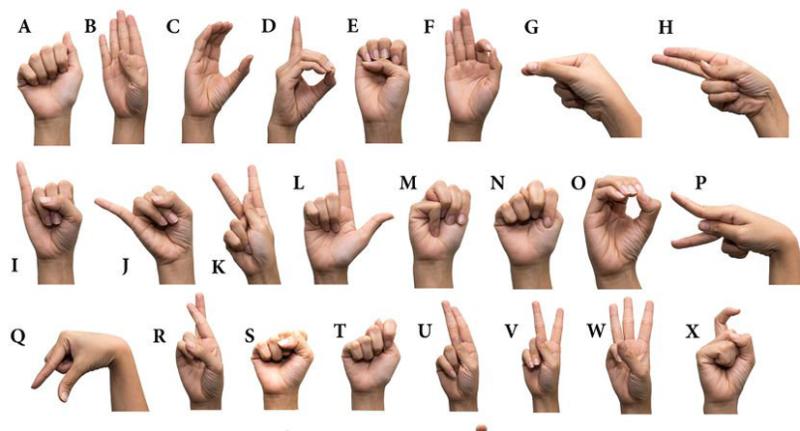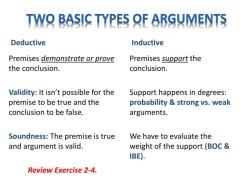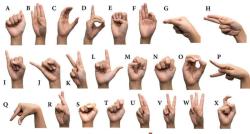What is symbol language?
Symbol language refers to a form of communication that relies on symbols or visual representations to convey meaning. Symbols are graphic or visual elements that represent objects, concepts, ideas, or sounds. This form of communication is often used in various contexts and for different purposes, including linguistic, mathematical, scientific, and cultural expression. Here are some key aspects of symbol language:
Visual Representation:
- Symbols are visual or graphic representations that convey meaning without relying on spoken or written language. These can include icons, signs, logos, or other graphical elements.
Universal and Cultural Symbols:
- Some symbols are universal, meaning they are widely recognized and understood across different cultures and languages. Examples include common road signs, mathematical symbols, and certain pictograms.
- Other symbols may be culturally specific, holding particular meanings within a specific cultural or subcultural context.
Communication Aid:
- Symbol language is often used as a communication aid for individuals with communication disorders, cognitive impairments, or language challenges. Augmentative and alternative communication (AAC) systems often include the use of symbols.
Mathematical and Scientific Symbols:
- Mathematical and scientific disciplines often rely on symbols to represent concepts, operations, and variables. Examples include mathematical symbols like +, -, =, and scientific symbols such as those used in chemistry and physics.
Pictograms and Icons:
- Pictograms and icons are simple, stylized symbols that represent objects, actions, or concepts. They are commonly used in public spaces, transportation, and information design to convey messages quickly and universally.
Symbolic Language in Art and Culture:
- Symbolism is a significant aspect of art and cultural expression. Artists often use symbols to convey deeper meanings or evoke specific emotions. Cultural symbols may carry shared meanings within a particular community or society.
Computer Programming Symbols:
- In computer programming, symbols are used to represent operations, variables, and other elements in code. Programming languages utilize symbols to create instructions for computers.
Emoticons and Emoji:
- In digital communication, emoticons and emoji are examples of symbol language used to express emotions, convey tone, or add visual elements to written messages.
Symbolic Gestures:
- Some forms of symbol language involve gestures, where specific hand movements or body positions represent particular meanings. Sign languages used by Deaf communities are examples of symbolic gestural communication.
Overall, symbol language plays a crucial role in human communication, facilitating the expression of ideas, information, and emotions through visual representations. The interpretation of symbols often relies on shared cultural understandings and context.
What does the term "symbol language" refer to in communication or linguistics?
The term "symbol language" can have different meanings depending on the context in communication or linguistics. Here are some possible interpretations:
1. A broad term for any language that uses symbols instead of spoken words:
In this sense, "symbol language" can be used as an umbrella term to encompass all languages that don't rely on vocal sounds. This includes:
- Sign languages: These languages use visual symbols, such as handshapes, facial expressions, and body movements, to convey meaning. Examples include American Sign Language (ASL), British Sign Language (BSL), and French Sign Language (LSF).
- Written languages: These languages use written symbols, such as letters and punctuation marks, to represent spoken words. Examples include English, French, Spanish, and Chinese.
- Non-human communication systems: This includes the symbolic communication systems used by animals, such as bees and primates.
2. A specific language using non-linguistic symbols:
In this sense, "symbol language" can refer to a specific language that uses symbols not typically found in spoken or written languages. This could include:
- Pictograms: These are graphic symbols that represent objects or ideas. They are often used in early childhood development, road signs, and international communication.
- Ideograms: These are graphic symbols that represent abstract concepts or ideas. They are often used in writing systems, such as Chinese characters and ancient Egyptian hieroglyphs.
- Emojis: These are digital symbols used to express emotions, ideas, and objects in electronic communication.
3. A metaphorical way of describing verbal communication:
In this sense, "symbol language" can be used metaphorically to describe how we use words and phrases as symbols to represent our thoughts and ideas. This emphasizes the symbolic nature of all language, regardless of whether it is spoken, signed, or written.
To understand the meaning of "symbol language" in a specific context, it is important to consider:
- The field of communication or linguistics: Different fields may use the term differently.
- The specific context: Who is using the term and what are they trying to communicate?
- The presence of any additional information: Are there any other words or phrases that help clarify the meaning?
By considering these factors, you can better understand what "symbol language" means and how it is used in communication or linguistics.













